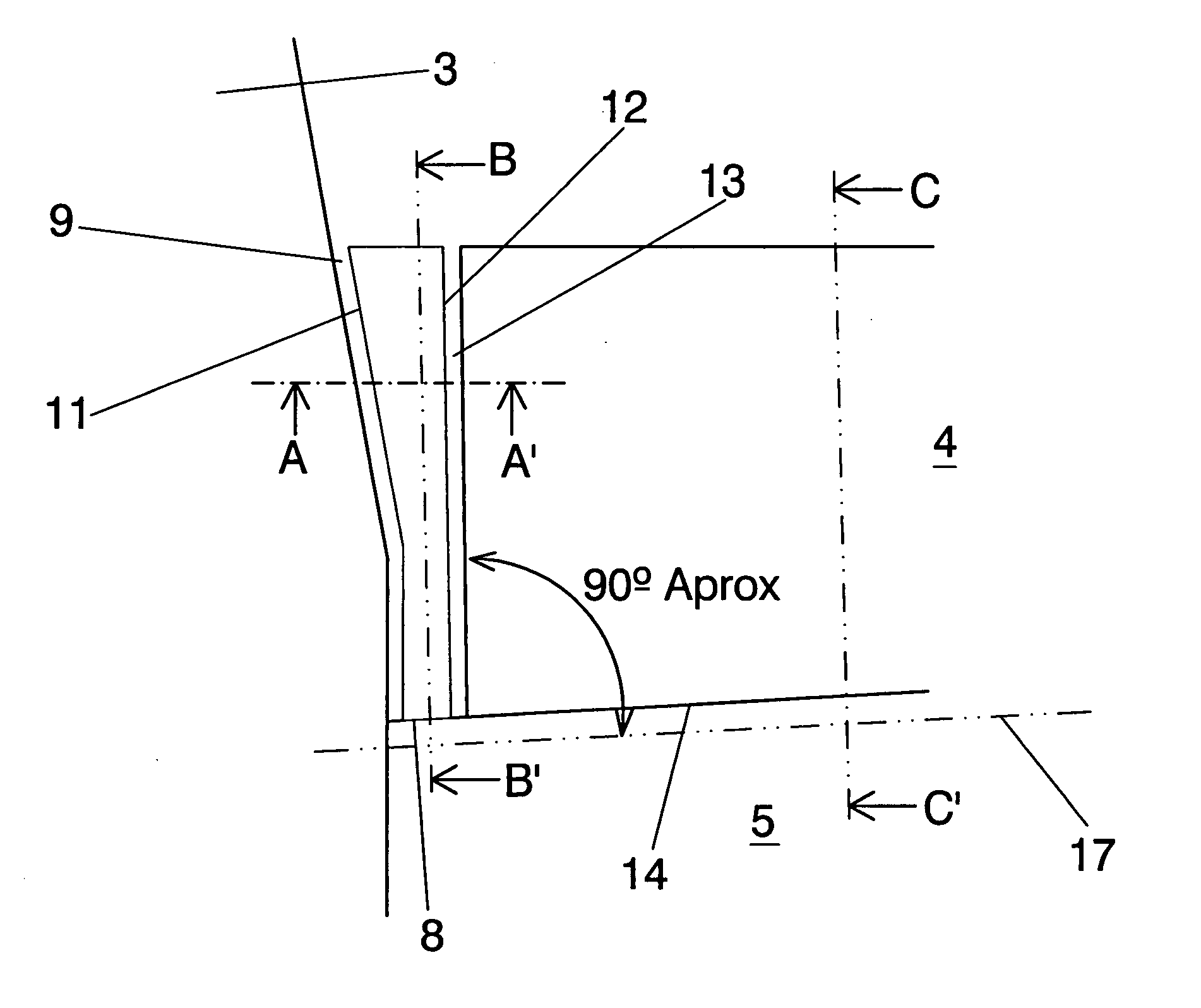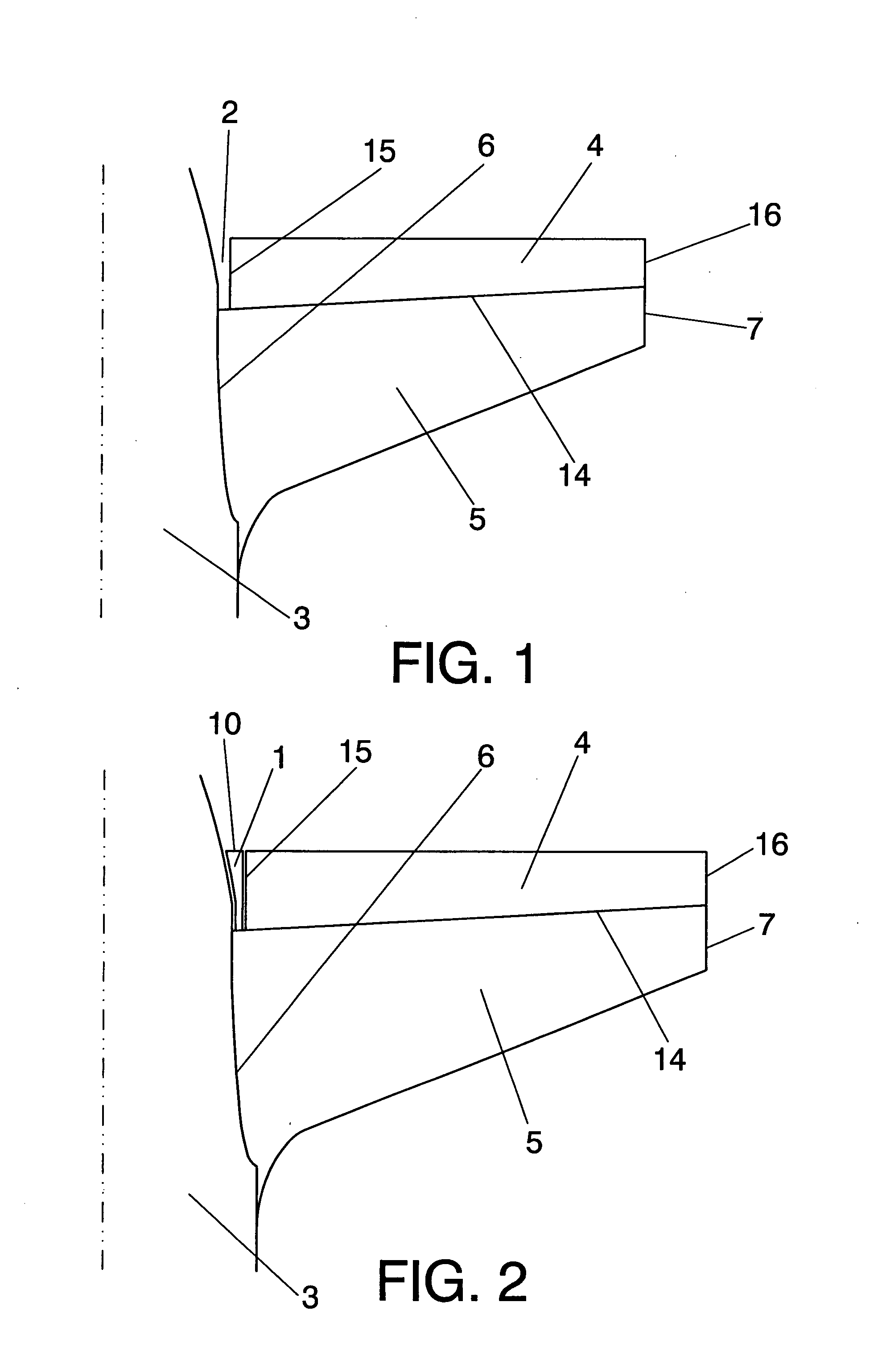Sealing system for the gap existing between the fuselage and the elevator of an aircraft with orientable horizontal stabiliser
a technology of horizontal stabiliser and sealing system, which is applied in the direction of aircraft stabilisation, fuselage frame, aircraft accessories, etc., can solve the problems of increasing the complexity of the situation, increasing the aerodynamic resistance, and increasing the fuel consumption, so as to reduce the weight, reduce the cost and ease of manufacture and maintenance, and reduce the effect of weigh
- Summary
- Abstract
- Description
- Claims
- Application Information
AI Technical Summary
Benefits of technology
Problems solved by technology
Method used
Image
Examples
Embodiment Construction
[0009]The aim of the present invention is to overcome the drawbacks of the state of the art previously described by means of a sealing system between the fuselage and the elevator of an aircraft with orientable horizontal stabiliser.
[0010]Said sealing system succeeds in covering the gap between the elevator and the fuselage during cruise conditions in which said elevator is at rest in the plane of the orientable horizontal stabiliser for any of the possible orientations of said orientable horizontal stabiliser, thereby reducing the aerodynamic resistance and as a result of that reducing the fuel consumption and environmental impact.
[0011]The sealing system forming the object of the invention comprises a main body with a substantially prismatic and elongated shape located in the gap existing between the elevator and the fuselage, being fixed to the horizontal stabiliser. The main body comprises an upper surface which forms a continuation of the upper surface of the elevator and a low...
PUM
 Login to View More
Login to View More Abstract
Description
Claims
Application Information
 Login to View More
Login to View More - R&D
- Intellectual Property
- Life Sciences
- Materials
- Tech Scout
- Unparalleled Data Quality
- Higher Quality Content
- 60% Fewer Hallucinations
Browse by: Latest US Patents, China's latest patents, Technical Efficacy Thesaurus, Application Domain, Technology Topic, Popular Technical Reports.
© 2025 PatSnap. All rights reserved.Legal|Privacy policy|Modern Slavery Act Transparency Statement|Sitemap|About US| Contact US: help@patsnap.com



